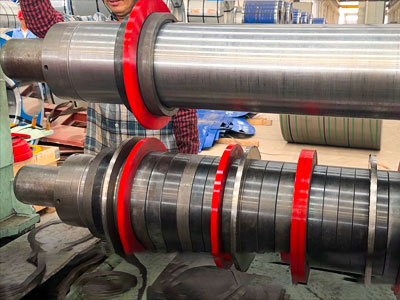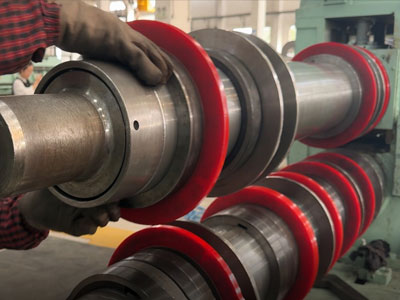Choosing The Best Slitting Blades
Selecting the best slitting blades is crucial for achieving precise and clean cuts in coil processing. High quality slitter blades ensure efficiency, reduce material waste, and extend machine lifespan. When choosing slitting blades, factors such as material composition, hardness, and edge sharpness should be considered.
How To Choose The Right Slitting Blade
To select the right slitting blade, you must evaluate your material type, blade coating, and cutting requirements. For hard materials like stainless steel, tungsten carbide blades offer durability, while high-speed steel (HSS) blades are suitable for softer metals. Additionally, choosing the proper blade thickness and bevel angle ensures optimal cutting performance.
Slitter Blades Knives
Slitter blade knives come in various designs to meet different industrial needs. Common types include straight edge, serrated, and notched blades. These knives must have high wear resistance, precision grinding, and the ability to maintain sharpness under continuous operation. Regular maintenance and sharpening also play a crucial role in extending their service life.

slitter and face cutting lines
Slit in coil slitting problems, such as edge burrs, camber issues, and material deformation, can arise from using the wrong slitter blades. To avoid these issues, ensure proper blade alignment, regularly check for blade wear, and use the correct blade sharpness and clearance settings. Investing in high quality slitting blades reduces downtime and improves product quality.
Choosing the right slitter blade involves careful consideration of material type, cutting speed, and blade durability. By selecting high quality industrial blades, maintaining proper machine settings, and performing regular blade inspections, you can achieve optimal slitting performance with minimal defects.

